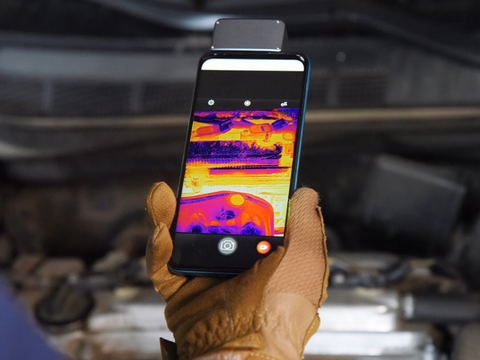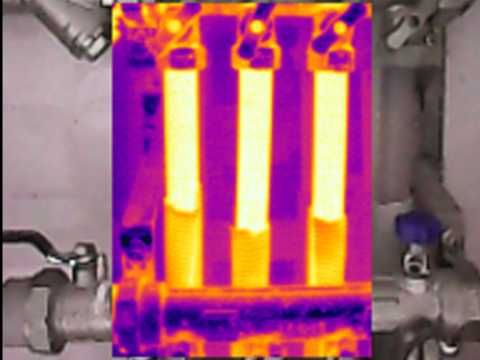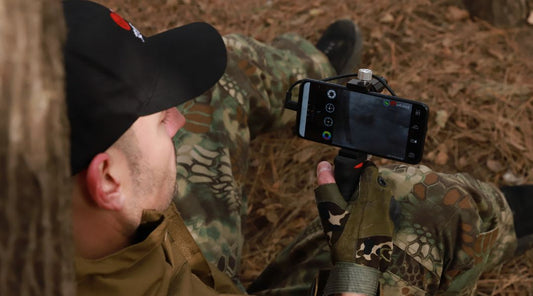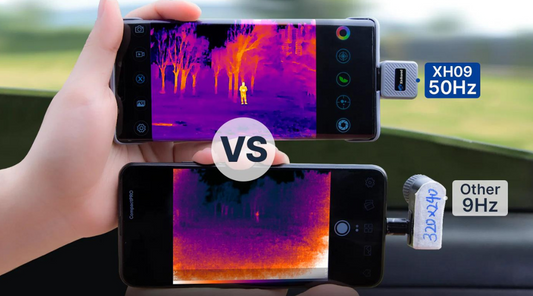Thermal Cameras Revolutionize Industrial Inspections: The Game-Changing Technology You Need to Know About!
When it comes to industrial inspections, the traditional approach has been to perform visual inspections on machinery, equipment, and other components to detect defects or damage. However, this method has its limitations, as some defects may not be visible to the naked eye. This is where thermal cameras come in, as they offer a powerful tool for detecting defects and identifying potential issues that may not be apparent through visual inspection.

Thermal cameras are a type of infrared camera that can detect heat signatures emitted by objects. They work by measuring the temperature of the surface of an object and producing an image that shows the variations in temperature across the surface. This image can then be used to identify areas of potential concern, such as overheating machinery or components, which could indicate a fault or other issue.
One of the primary benefits of thermal cameras in industrial inspections is their ability to detect problems before they cause damage or failure. For example, a thermal camera can identify areas of high temperature in electrical equipment, which could indicate an electrical fault that could potentially cause a fire. By detecting these issues early, they can be addressed before they become more serious and potentially dangerous.

Another advantage of thermal cameras is their ability to perform inspections without interrupting operations. Traditional inspection methods often require machinery or equipment to be shut down for inspection, which can be costly in terms of downtime and lost production. Thermal cameras, on the other hand, can perform inspections while equipment is still running, which minimizes disruption and downtime.
Thermal cameras are also highly accurate, providing detailed information about temperature variations across an object's surface. This information can be used to identify potential issues, such as uneven wear or stress on machinery components, which may not be visible to the naked eye. This level of detail can help identify potential problems early, allowing for timely maintenance or repair to prevent more serious issues from occurring.

Thermal cameras are also versatile and can be used in a variety of industrial settings. They can be used to inspect electrical equipment, pipelines, storage tanks, and more, making them a valuable tool for a range of industries, including manufacturing, oil and gas, and utilities.
In conclusion, thermal cameras offer a powerful tool for industrial inspections, allowing for the early detection of potential issues and minimizing disruption to operations. Their accuracy and versatility make them a valuable asset in a range of industrial settings, helping to improve safety, reduce downtime, and increase productivity.




